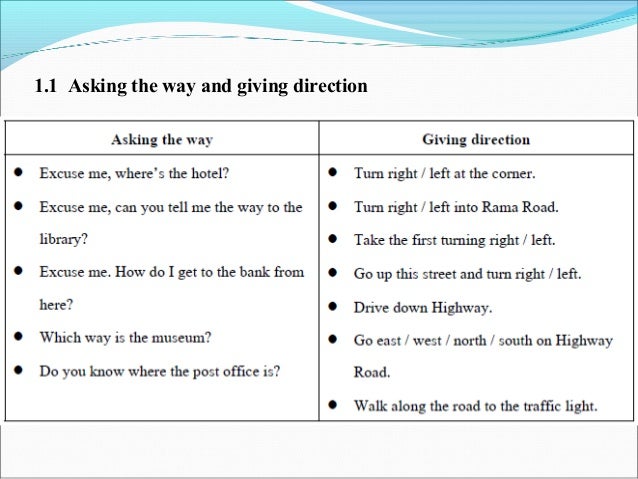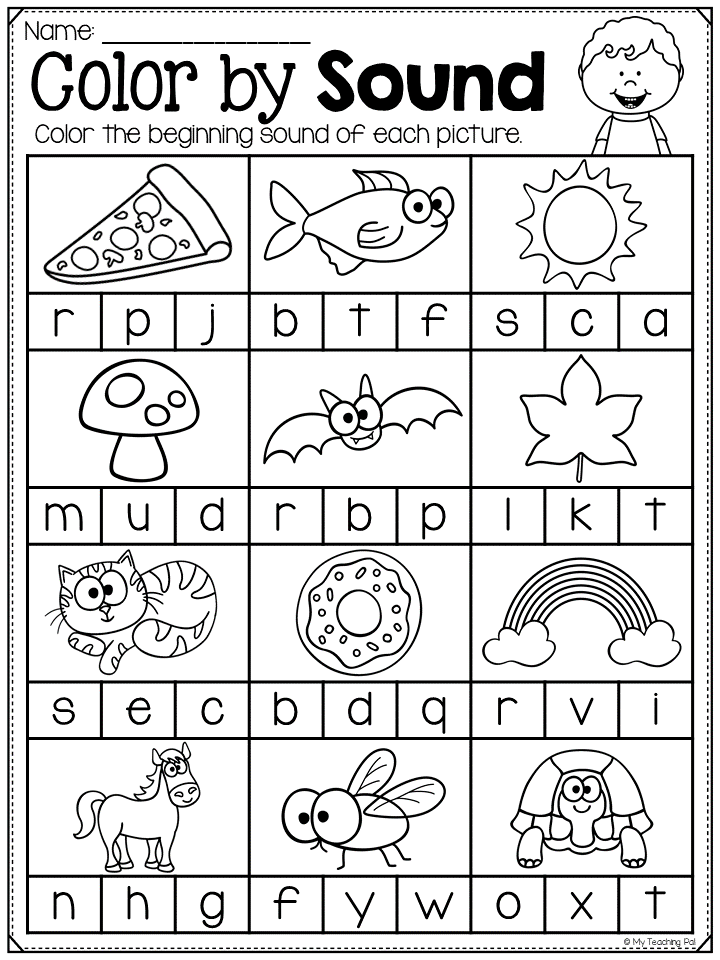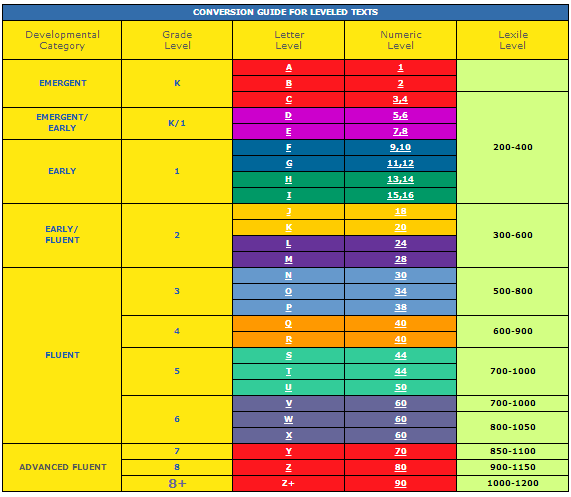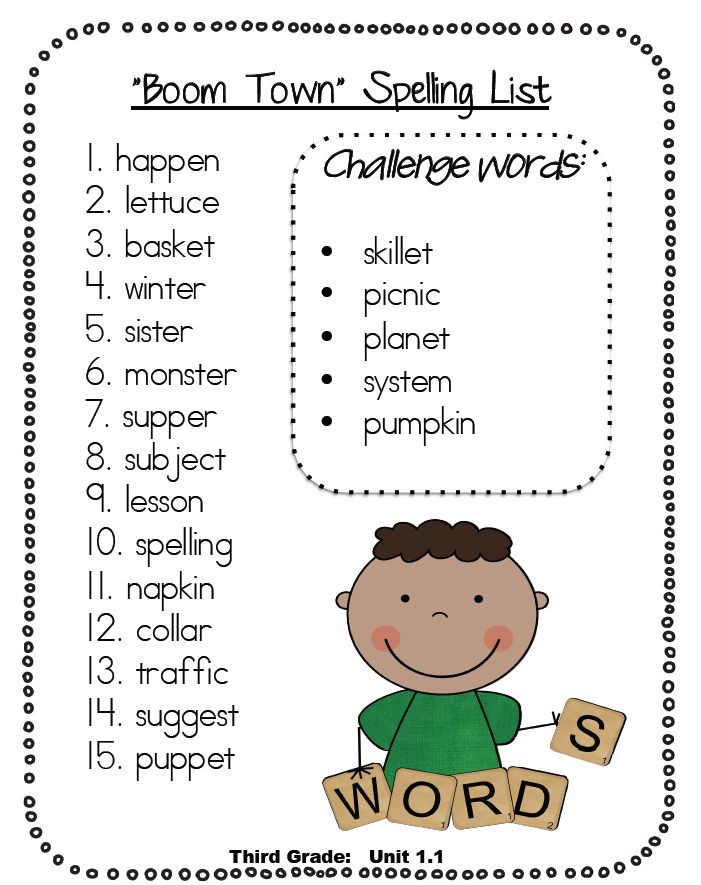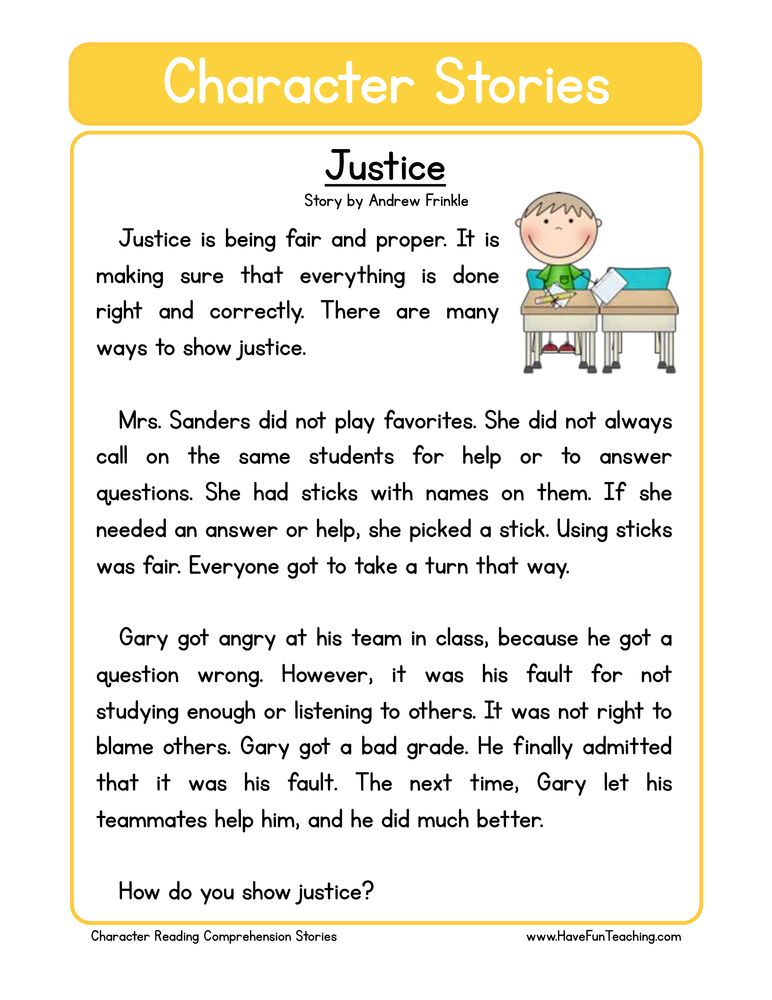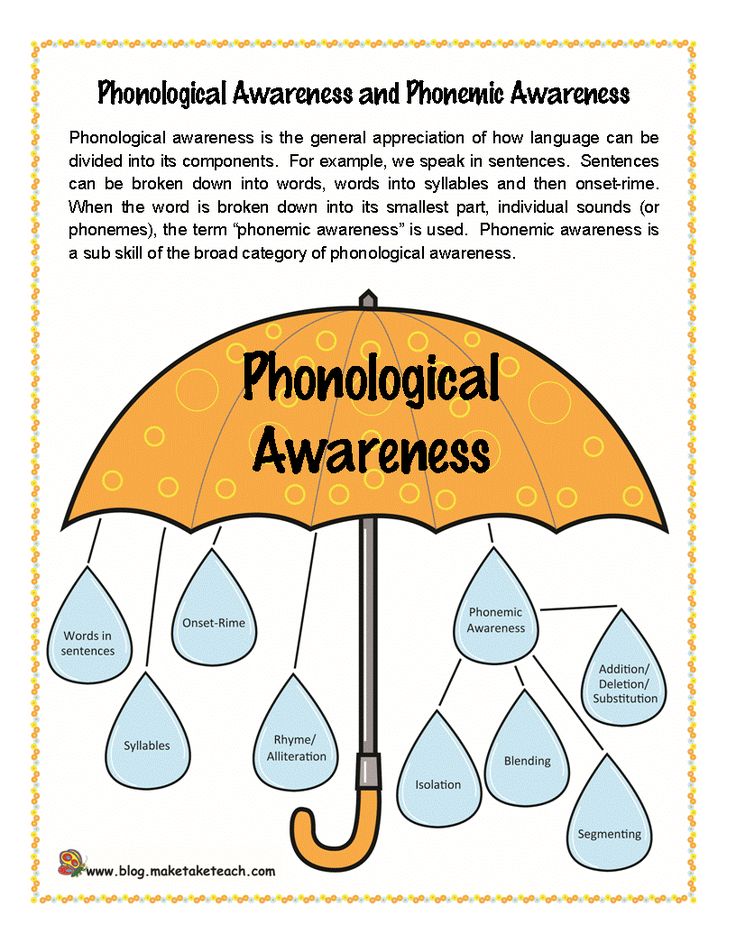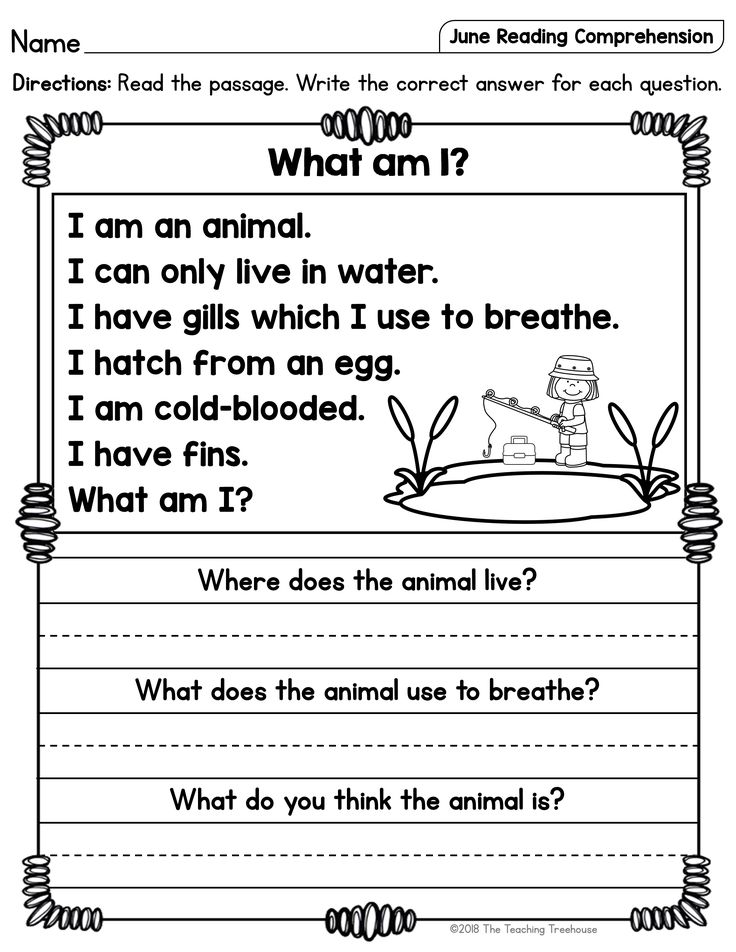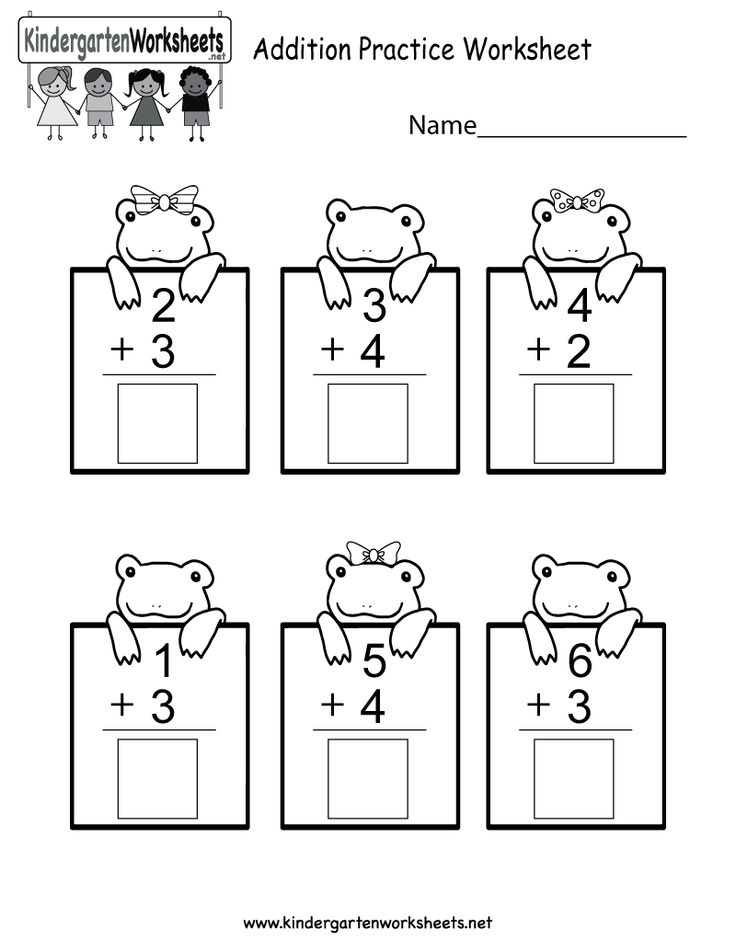How to follow direction
How to become better at following directions
Credit: UNSPLASH
Reading time: About 4 minutes
Ever tripped up by directions? Learning to become better at following directions is a straightforward way to make yourself look smarter and to be more successful…
When I was setting up my first apartment more than 40 years ago, I can remember sitting in a sea of junk in my living-room: particle board panels, multiple Allen wrenches and IKEA-instructions on flimsy white paper. I stared at those instructions for hours, desperately trying to assemble my desk, but I just couldn’t do it.
The instructions might as well have been written in Greek or Swahili, for all I understood them. I eventually called for help from a friend, and even he had difficulty figuring them out.
Following directions is an important life skill and one that’s especially hard for some people. Attention Deficit Disorder (don’t tune out now if you don’t think you have it — I’ll explain why in a moment) and learning disabilities run in my family. I was lucky enough not to get ADHD and my learning disabilities are all related to math so as long as you don’t ask me the square root of 45, I’ll appear just like a typical person.
But people close to me have faced all of these challenges, and I’ve learned how to help them. In fact, I’m convinced that while ADHD is thought to affect somewhere between five and 11 percent of people, the percentage is likely higher in any community of writers and artists. Why?
People with ADHD are much more likely to be creative. So, if you’re drawn to creative work, odds are essentially higher you have ADHD. Now, I know many people believe that writing requires a great deal of focus and attention — attributes that people with ADHD aren’t likely to have. But here it’s important to understand that for people with ADHD, attention is selective. In fact, it’s likely that people with ADHD have greater attention for the small number of tasks that truly interest them — just lesser attention for everything else.
When I worked in a newsroom for 10 years, I was likely surrounded by writers with ADHD, even though I never knew that at the time. This is because working at a newspaper gave them the chance for a multitude of very short deadlines on a wide variety of topics. A perfect breeding ground for ADHD! (Also, they could smoke and drink lots of coffee, both recognized as ‘treatments’ — albeit not necessarily healthy ones — for ADHD.)
If you’re interested in learning more about whether you might have ADHD, understand that it’s found in adults as well as children and that it occurs more or less equally in males and females — it’s not just a thing for boys! If you are concerned, you should get yourself assessed by a mental health professional. Meanwhile, however, here is a quick test you can take, at no charge.
And whether you have ADHD or not, here is some advice on how to do a better job of following directions — as well as a better job of giving them:
How to follow instructions better:
- Ask for directions more often and ask specific questions about those directions.
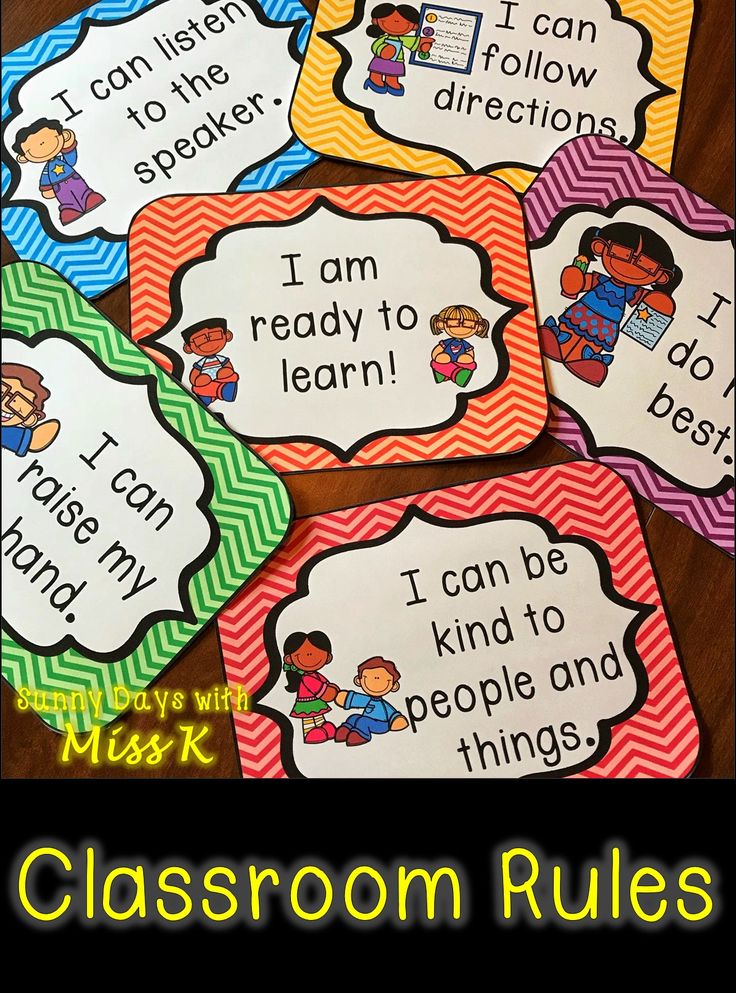 Make sure you fully understand the project and all the details of what you’re being asked to do.
Make sure you fully understand the project and all the details of what you’re being asked to do. - Get context for the task you need to do. Understanding the reason behind certain projects or tasks will help you make greater sense of what needs to be done.
- Understand your own learning style. Experts have identified seven different learning styles: Visual, auditory, verbal, physical, logical, social and solitary. In my case, I know I’m not a visual learner (those damn IKEA instructions!) and instead I’m much more comfortable with verbal and logical instructions. When I get instructions, I make sure they match a style I feel comfortable with.
-
Look for distraction triggers. If you know you’re at risk of going down the Twitter or Instagram rabbit-hole at any time then, for goodness sake, turn off social media while you’re getting or following directions. In fact, turn off your phone entirely.
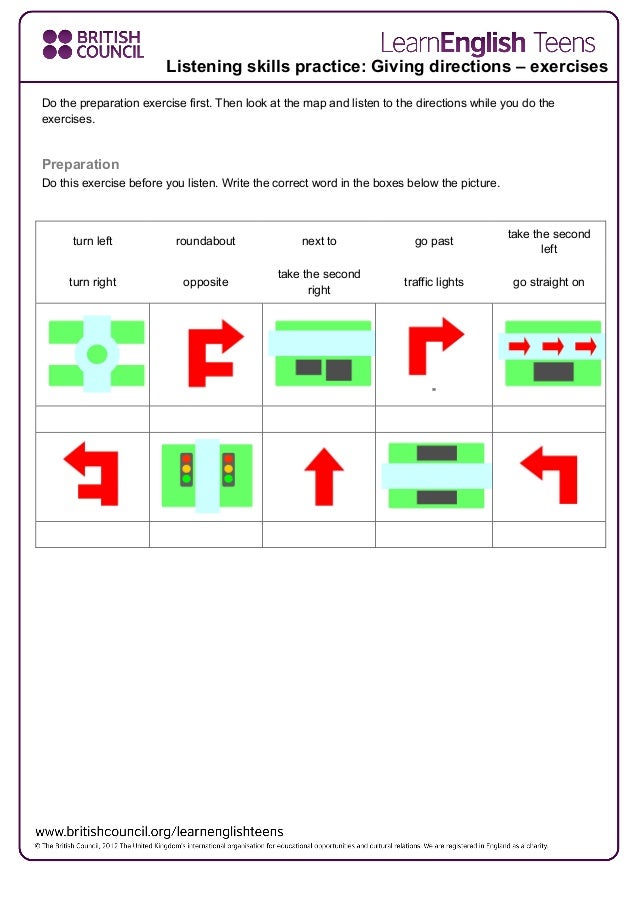
- Visualize yourself getting the task done. As you’re starting to follow a set of instructions, visualize yourself finishing them and, along the way, ask yourself questions like, “when will I be half-done here?” This kind of orientation will help keep you on track.
- Talk to yourself. Giving yourself a pep-talk will not only help you follow directions better, it’ll also help you stay focused on the task at hand.
- Practice by giving instructions to others. Teaching something is a great way to learn it. You’ll start to recognize tricks and techniques you can use to help yourself.
How to give better instructions
- Give directions in a helpful, non-aggressive way. Put yourself in the shoes of people who will be receiving your directions and figure out in advance what it is they need to know. Be cheerful and friendly, not dictatorial.
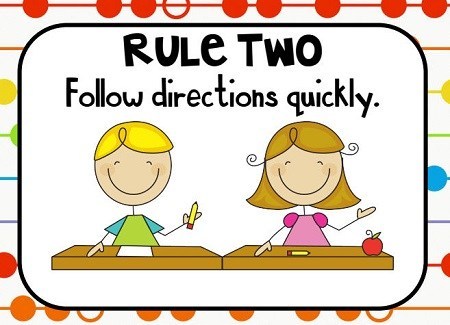 Invite plenty of questions.
Invite plenty of questions. - Be specific, not vague. If something needs to be done in a specific way then tell people that for goodness’ sake! Don’t ever expect others to read your mind.
- Give context for the task you need done. Understanding the reason behind certain projects or tasks will help your employees/subordinates make greater sense of what needs to be done.
- Make allowances for different learning styles. Experts have identified seven different learning styles: Visual, auditory, verbal, physical, logical, social and solitary. Make sure you understand the learning needs of the people on your team and provide them instructions in a manner that’s going to best suit them.
- Don’t micromanage. It’s often tempting to think that everything should be done exactly the way you would have done it yourself. Instead, understand that people will respond best if they have room to use their own preferred styles and methods.
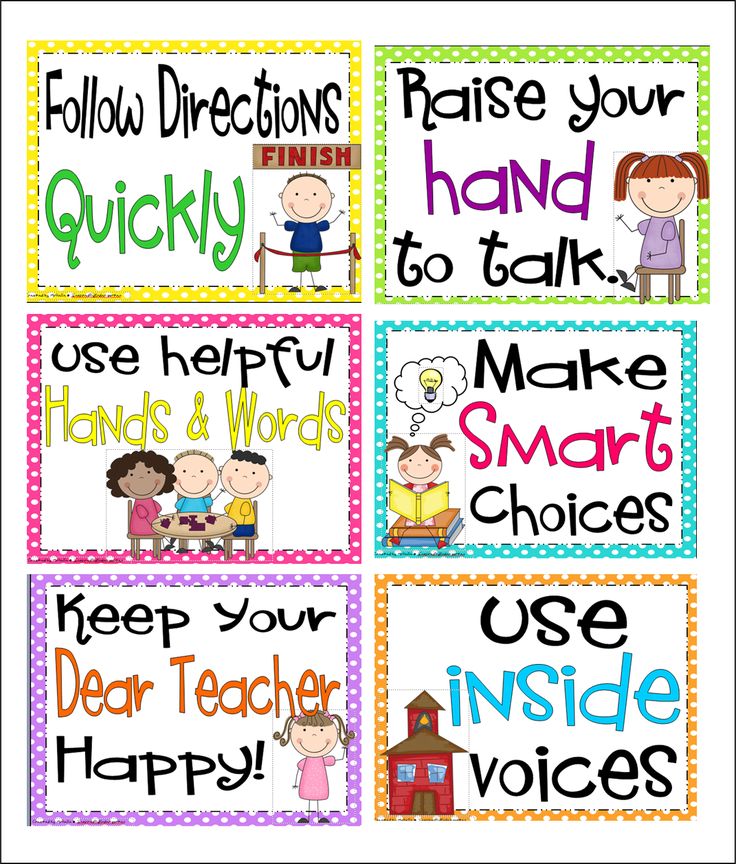 And, hard as it may be, you also need to leave them room to fail from time to time.
And, hard as it may be, you also need to leave them room to fail from time to time.
There’s an enormous payoff for becoming better with instructions. Acing the act of following and giving instructions can simplify what you have to do, increase your effectiveness, eliminate confusion, and save time. All wins – no losses.
*
Need some help developing a sustainable writing routine? Learn more about my Get It Done program. The group is now full but there is turn-over each month, and priority will go to those who have applied first. This would be a terrific program to start in the new year! You can go directly to the application form and you’ll hear back from me within 24 hours.
*
My video podcast last week addressed how to deal with supply chain problems in publishing. Or, see the transcript, and consider subscribing to my YouTube channel. If you have a question about writing you’d like me to address, be sure to send it to me by email, Twitter or Skype and I’ll try to answer it in the podcast.
*
How’s your skill at following directions? What tricks do you use? We can all learn from each other so, please, share your thoughts with my readers and me in the “comments” section below. Anyone who comments on today’s post (or any others) by Nov. 30/21 will be put in a draw for a digital copy of my first book, 8 1/2 Steps to Writing Faster, Better. Please, scroll down to the comments, directly underneath the “related posts” links, below. Note that you don’t have to join Disqus to post. See here to learn how to post as a guest. It’s easy!
10 Tips to Help Kids Follow Directions
Some kids with learning and thinking differences have trouble following directions. Here are 10 ideas for helping your child improve.
1. Ask for your child’s attention.
Giving directions when your child isn’t focused on you could set both of you up for failure. Ask for your child’s attention by saying, “Look toward me, please.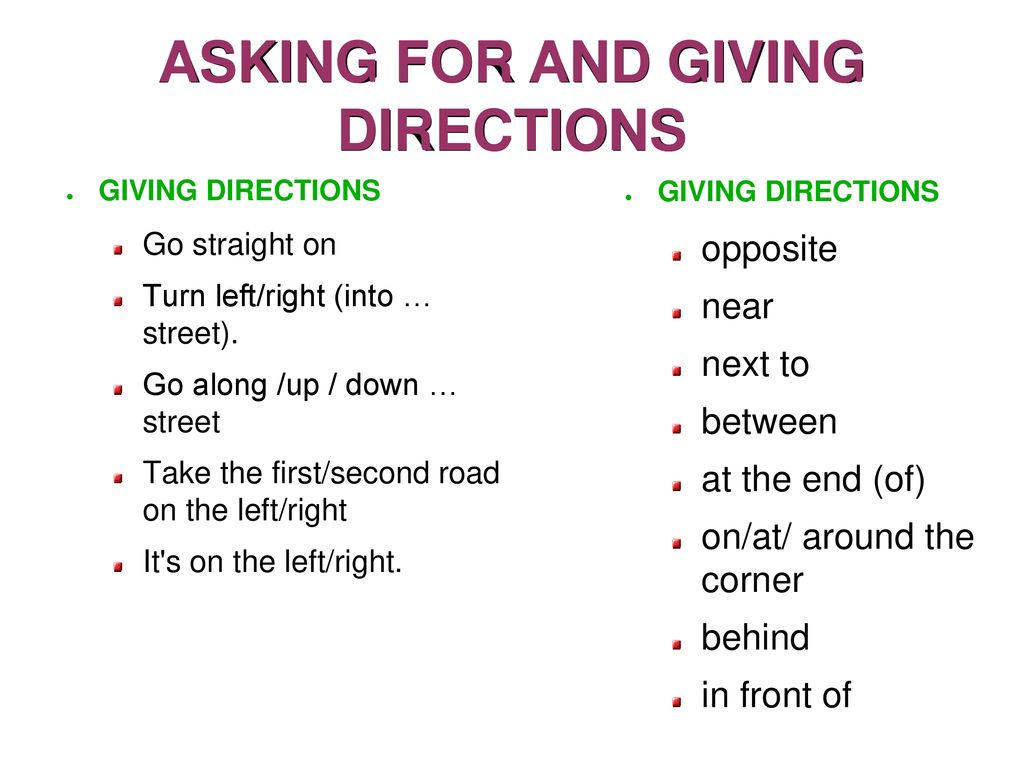 I need you to listen now.” Some kids have a difficult time with the nonverbal aspects of language. Asking your child to look toward you, instead of looking you in the eye, takes that into account. You can make it easier by moving into your child’s line of sight.
I need you to listen now.” Some kids have a difficult time with the nonverbal aspects of language. Asking your child to look toward you, instead of looking you in the eye, takes that into account. You can make it easier by moving into your child’s line of sight.
2. Minimize distractions.
Once you have your child’s attention, you want to keep it. It can be hard for kids to hear and follow directions while they’re playing video games or when the TV is on in the background. Minimize any distractions before giving directions. Turn off the TV. Ask your child to put down the game or book. Make sure your child is looking toward you.
You can model this behavior by giving your child your full attention when giving instructions. That also shows your child that what you’re saying is important.
3. Speak quietly.
It may be tempting to speak louder or speak over your child when there is something you need to say or get done. But you may capture your child’s attention better by speaking in a softer voice.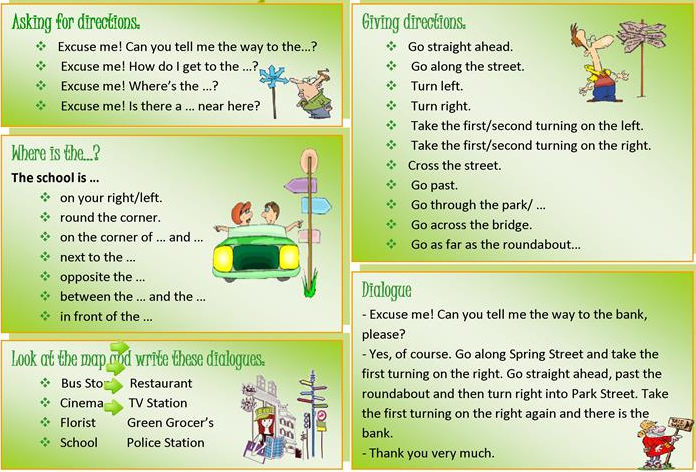 Give directions in a calm, even tone. Kids may be able to focus more easily on the substance of what you have to say when they don’t have to process the tone and the volume, too.
Give directions in a calm, even tone. Kids may be able to focus more easily on the substance of what you have to say when they don’t have to process the tone and the volume, too.
4. Use “wait time.”
Teachers often use “wait time.” So do educational TV shows for kids. “Wait time” is that three- to seven-second pause after you say something or ask a question. Research shows that kids process better what you have to say — and respond to it appropriately — when they let it sink in.
Your child still may not follow directions or answer your question after that pause. If so, it’s OK to repeat what you said.
5. Check for understanding.
Checking for understanding goes hand in hand with giving your child some “wait time.” Ask your child to repeat your directions back to you. It’s also helpful to ask kids to explain your directions in their own words. It gives them a chance to ask questions. It also gives you a chance to clarify what you said in case your child misunderstood anything.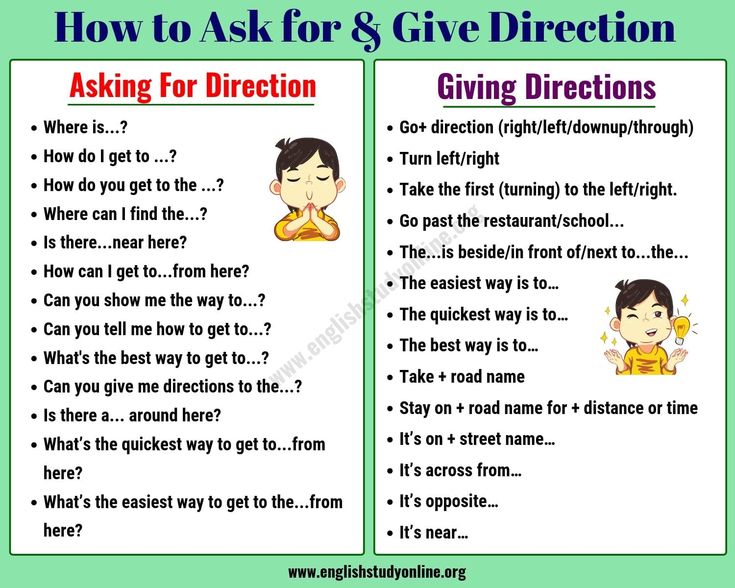
6. Tell, don’t ask.
Many parents phrase directions as questions, such as, “Would you set the table, please?” Kids may think they have a choice about following directions. Rephrase what you said so that you are telling your child what to do instead of asking: “Set the table, please.”
7. Give instructions one at a time.
Younger kids with learning and thinking differences may have trouble following a sequence of steps. You may say, “Please set the table, wash your hands, and tell your sister it’s time to eat.” Your child, however, might get stuck after setting the table. Give directions one at a time, when possible.
If you can’t break directions down into steps, try to group things together in ways that make sense. For example, “While you’re upstairs washing your hands, please tell your sister it’s time to eat.”
8. Number your directions.
Help your child follow multi-step directions by actually putting a number to them. Typically, people can hold up to four things in their at a time. This is easier to do when the things are connected or when there’s a way to make them more memorable.
This is easier to do when the things are connected or when there’s a way to make them more memorable.
Say things like “There are three things you need to do,” or use words like first, second, then, next, and last. That can help your child keep all the steps in mind — or at least remember that there was more to the directions.
9. Be precise in what you say.
Kids who have problems with planning and organization or language may have trouble with vague directions. You may think your child isn’t following the direction to “Please go clean your room.” But sometimes kids are really having trouble figuring out how to get started.
Be specific. For example, you may get better results if you break the job into smaller tasks: “Please put your laundry away. Then pick up the trash from the floor. And then make your bed.”
10. Use visual cues.
Kids who have language processing issues can have a hard time following spoken directions.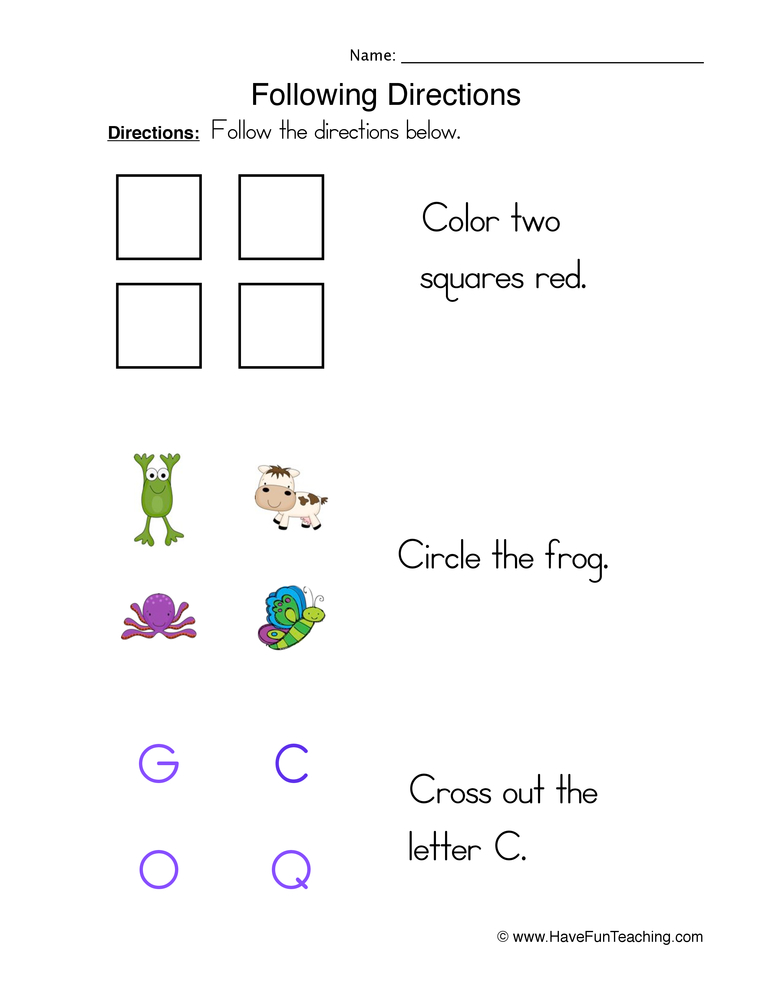 Consider using visual cues, too. For example, point out what needs to be cleaned. You can also demonstrate what you’re asking your child to do. For instance, “Please set the rest of the table the same way I’m setting this spot.”
Consider using visual cues, too. For example, point out what needs to be cleaned. You can also demonstrate what you’re asking your child to do. For instance, “Please set the rest of the table the same way I’m setting this spot.”
Related topics
Following instructions
Strategies and tips
Simon Sinek's 15 Rules for Leadership
A leader is a person whose opinion people listen to, not out of fear of being fired, power or authority, but out of trust and respect. Next to such a person, the people feel safe, mutually understanding and have a strong confidence in their future. The leader inspires, clearly defines the main direction of further development and takes care of each of his surroundings. This, of course, is the lot of strong people who perform the same strong deeds.
We hope that our article will unleash your leadership potential, or strengthen the skills you already have.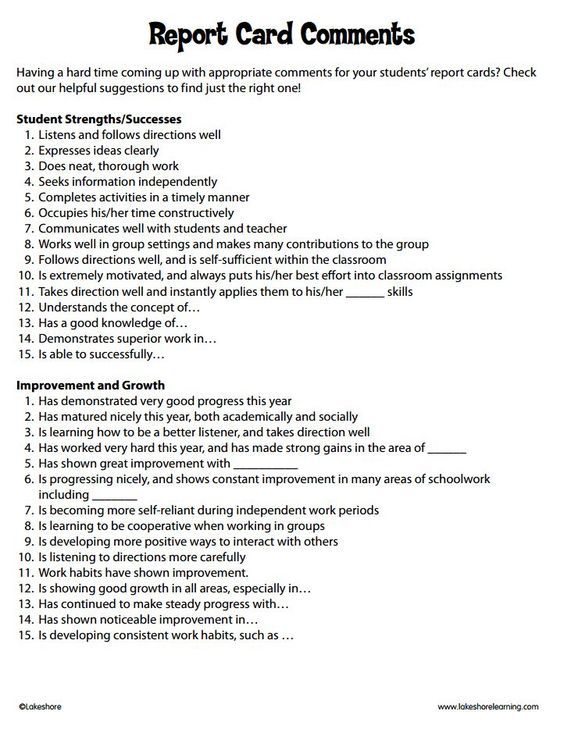 We are for development and moving forward, so we want you to always have motivation, strength and striving for the best. Let's look at the main qualities of leadership in English. Here we go!
We are for development and moving forward, so we want you to always have motivation, strength and striving for the best. Let's look at the main qualities of leadership in English. Here we go!
Leadership is learned behavior that becomes subconscious over time. Of course, you need to come to this first. Leaders can make several important decisions about a problem while others only get the gist of it. Many people wonder how, often under great pressure, people manage to make the best decisions.
Well, they're just the leaders!
Decision-making skills are developed through experience, exposure to many different situations, personality types and unforeseen circumstances. Moreover, the process of making complex decisions is the ultimate understanding that you are already familiar with the cause and consequences of certain patterns. Possession of the necessary information and a sense of the relationship between the phenomena occurring in these patterns allows the leader to confidently make decisions and predict the likelihood of desired outcomes.
For your information, the most successful leaders are instinctive decision makers. By doing certain operations enough times during their careers, they become immune to the pressures associated with making decisions and are extremely intuitive in the process of making the strategically best ones. This is why most senior executives will surely tell you that they rely heavily on their gut feeling to make tough decisions at any given moment.
So, if you are striving for leadership, but somehow everything does not work out, or if you have the honor of being the leader, then you simply have to become great!
Leadership is an ambition that can take many forms: you can lead by influencing people around you, or you can create global change.
Regardless of the situation, there are certain skills that will help you become the leader you want and can be. Check it out!
15 leadership skills
- Be confident (be confident).
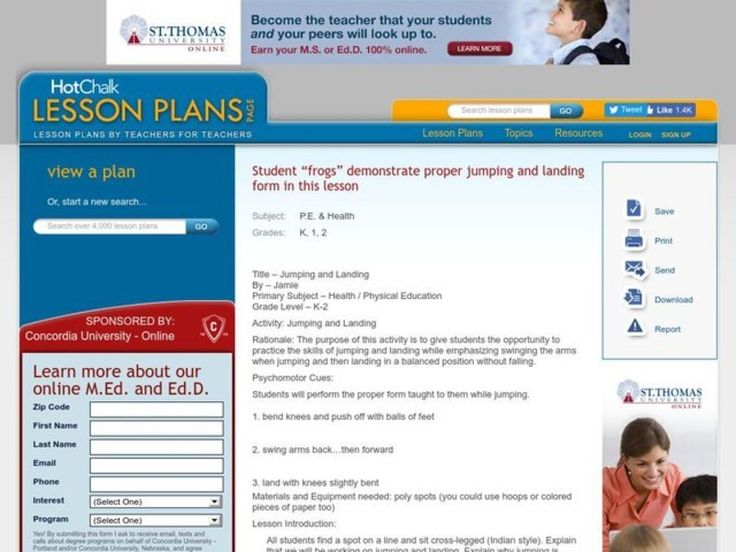
This skill has nothing to do with actually being aware of what you are doing. As long as you act confidently, few people will ask questions. People assume and accept different things, and while you act as if everything is under control, they assume that everything is really so, that you know what you are doing. It inspires trust, responsibility and respect. But! There is a fine line between confidence and arrogance. Focus on being easy with people, avoid being arrogant.
And in general, as they say, be simple, and people will reach out to you (not simpletons, of course). This means that you need to be able to admit mistakes and take responsibility for them, as well as to fully recognize that one of your subordinates may well be better than you in some way.
- Be firm , but kind (be firm but kind).
Since you are in charge, you must set rules and boundaries. The sequence and pace are up to you. To do this correctly, you must be sure of your position.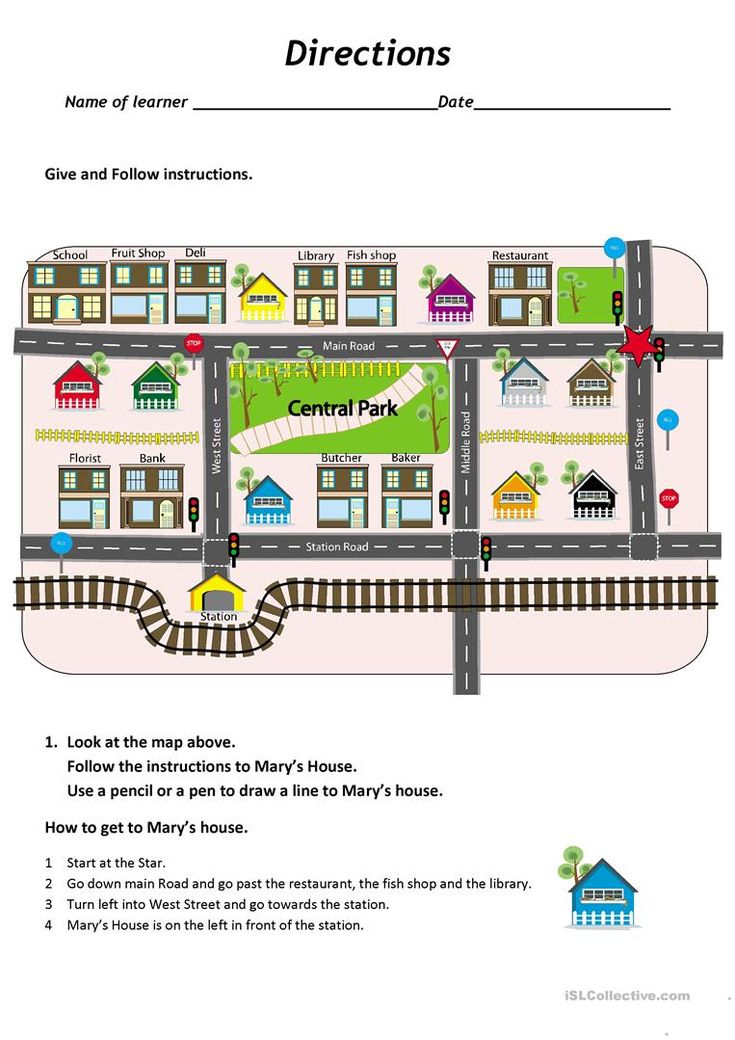 However, a dictatorial initiative can provoke a revolution. Be logical and understanding when you state your rules.
However, a dictatorial initiative can provoke a revolution. Be logical and understanding when you state your rules.
Conduct a personal assessment and ask yourself, "Would I follow me?" - Brian Tracy.
Do a personal assessment and ask yourself: “Would I follow myself?”.
- Become an expert (become an expert).
Show courage (even when you are afraid). All leaders fear something from time to time, be it risk, failure, or competition. But true inspiring leaders move forward despite fear and are fearless in the face of adversity. Saying "I don't know" is normal for a leader. To say so, answering every question asked - no. When you don't know something, find out the answer. Become an expert in what you need to achieve professionalism. In the end, you will find all the answers to your questions. You may not need everything now, but eventually you will need everyone.
- Be decisive (be decisive).
You stand, for example, in a circle of friends, discussing how to spend the evening. Everyone is dilly-dallying, complaining, dismissing each other's ideas, until one person finally stands up and says, “Guys, let's do this. Briefly speaking... ". This person (in a figurative sense) climbed to the top of the mountain, looked around everything and everyone around, realized that the situation was developing in the wrong direction, and took it upon himself to correct it. Who's the man?! Or woman?!
- Care about your followers (take care of your followers).
Just because they are not leaders does not mean they are idiots. They will be able to tell if you have compassion for them and if you are genuinely interested in them. And if you don't, they will take you under your feet and remove you from your pedestal. Remember who butters your bread! Without them, you will have no one to lead and no one to lead.
- Believe that anyone can become a leader
In truth, many want to be led. Think of life as a path through a dark forest - the more leaders around you, the more people the lanterns keep in your path. How do you like that? People not only want leaders, but also look for them. For this reason, anyone can do this kind of work. You just have to fill the void.
- Keep your promises (keep your promises).
Do you know how politicians are considered liars and promise-breakers? OK! And you also know that a lot of people hate politicians, right? Well, there you have it! Break your promises and you will successfully lose respect in a matter of days. For good. You may look cool in a suit, you may have all the charisma and knowledge in the world, but if you don't keep your promises, someone else will get your little silver platter.
- Dress the part
If you walk into the office in a suit and tie, constantly looking at your watch, people will assume that you are waiting for some oaf who is late for a business meeting.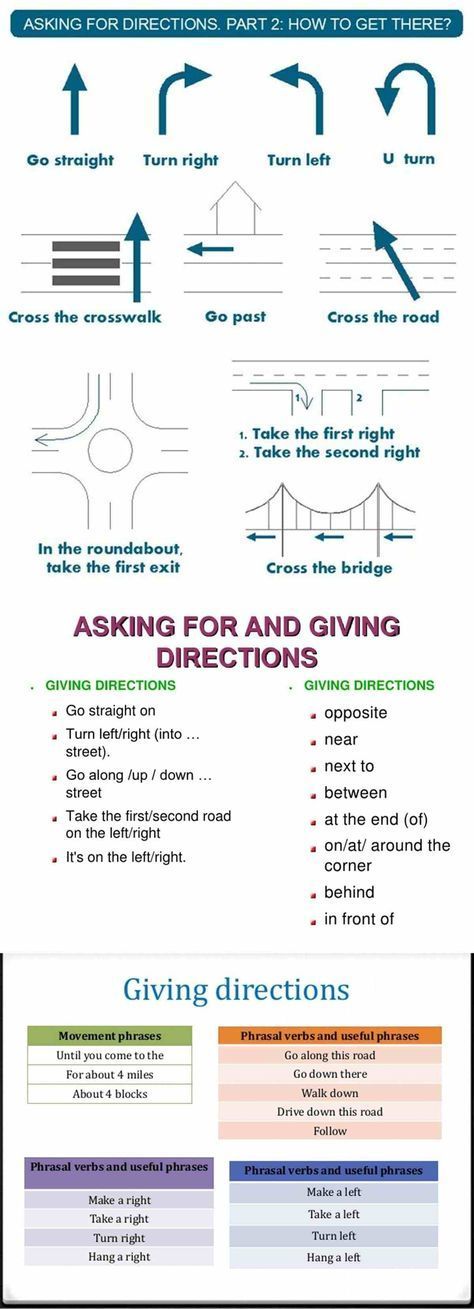 Show up at the office in a T-shirt and a cap, and people will want to know where their pizza is. If you want to lead, then you need to look the part.
Show up at the office in a T-shirt and a cap, and people will want to know where their pizza is. If you want to lead, then you need to look the part.
Hold on a sec! Before you answer, we invite you to watch a great inspirational video from Simon Sinek, where he shares his memories, knowledge and experience about leadership. This will help you realize the truth. After it, you will definitely want to become great! And, of course, do not forget about our Video Workshop, in which things become clearer;)
Now let's keep rolling!
- Ask questions first
As a leader, you are untouchable. People may not approach you because you are a big person in the organization. They don't want to make noise and draw attention. Know that you are dealing with a constant level of perceived intimidation that you need to avoid. How would you do that? Ask how they are doing (or how you are doing) and how they see the whole process changing for the better. Just because they're not leaders doesn't mean they aren't full of great ideas!
Just because they're not leaders doesn't mean they aren't full of great ideas!
- Lead only when you have to
A real leader doesn't walk into a room saying, "Here I am!" It's not about grabbing the situation by the throat and turning it to your advantage, no. The point is to see the need to take action if required and not lose face.
- Identify a problem (Identify a problem).
Look around and find ways to make this world a better place. Observe your surroundings and listen to people. How can you help? What challenges are yet to be taken on?
- Start "seeing" more than "doing"
Since you can probably guess by now that the ability to lead is more of a trait than a series of actions to manage a situation, you need to see it occur and figure out how you can deal with it. Let your team take care of it. You must have a vision for the solution.
"The greatest leader is not necessarily the one who does the greatest things.He is the one that gets the people to do the greatest things." – Ronald Reagan
A great leader is not necessarily one who does the greatest things. He is the one who makes people do them.
- Share your vision (share your vision).
And express your passion (because that's how it spreads)! True passion is contagious. As a leader, you can see big problems, but you can also see how things could have been much better if things had been prevented beforehand. To get people to help you with this, you need to share your vision with them. Inspire, motivate and guide them. Show how their actions bring everyone closer to the goal.
- Remember that it is about the entire team
The greatest leaders saw their role in the organization from beginning to end, and themselves as an instrument of a deeper purpose; any fame, prestige, or wealth was more of a side effect than a motivator.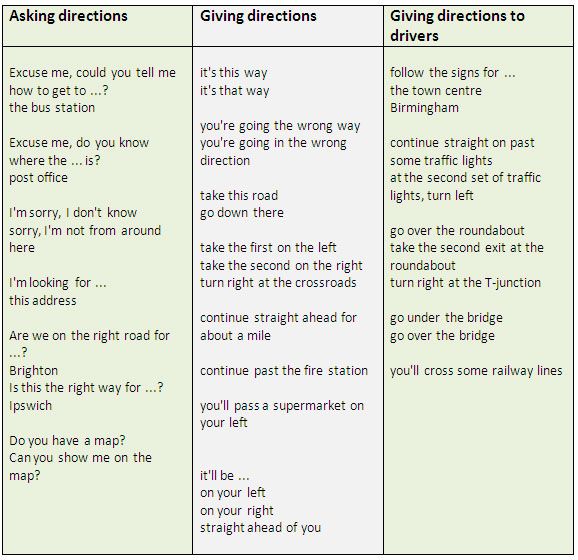 In the end, nothing would come of the efforts of one person. You don't want people to follow you just because they have to.
In the end, nothing would come of the efforts of one person. You don't want people to follow you just because they have to.
"It is amazing what you can accomplish if you do not care who gets the credit." —Harry S. Truman.
It's amazing what you can achieve when you don't worry about who gets the glory.
- Don't take it all too seriously (don't take it all too seriously).
Of course, running a (any) company is serious business. Products and services must be sold and provided, and money must be made. Despite the seriousness of the responsibilities, successful leaders add fun to the job. Instead of employees rushing to call in sick, be late for work, or leave early, leaders in successful organizations provide all sorts of entertainment for their subordinates. And as a result, they both work hard and have fun (hard), which ultimately makes them more loyal and energetic.
Read also
What prevents us from learning English?
Conclusion
The skills needed to become a follow-worthy leader may not come naturally to all of us, but they can be learned, tried and practiced.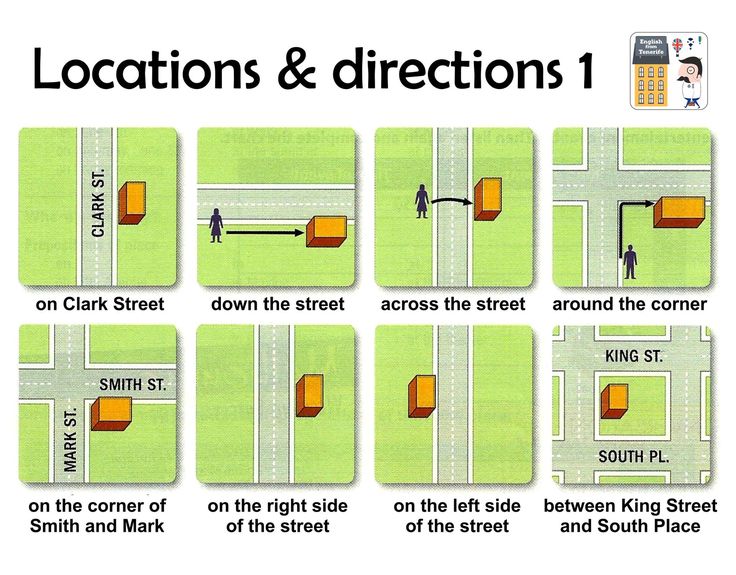 And when the people around you witness your attempts, you will unwittingly create an atmosphere of generosity, respect and loyalty around you. Believe in yourself!
And when the people around you witness your attempts, you will unwittingly create an atmosphere of generosity, respect and loyalty around you. Believe in yourself!
Stay classy!
Large and friendly family EnglishDom
Meaning, Definition, Sentences. What is following the direction
- Online translator
- Grammar
- Video lessons
- Textbooks
- Vocabulary
- Professionals
- English for tourists
- Abstracts
- Tests
- Dialogues
- English dictionaries
- Articles
- Biographies
- Feedback
- About project
Examples
Meaning of the word “FOLLOW”
Follow, directly behind someone. way of development.
See all meanings of DIRECTION
Follow direction sentences
| More results | |
| Short-term bias is down and hence I would expect sellers to approach key support at 48. | |
| The Russians followed an MI6 officer named George Ballard who was sent to Moscow. | |
| They won't do anything because they're scared little sheep that follow my shepherd's staff wherever it goes. | |
| The following month, a committee of five Mejlis deputies was sent to Khuzistan to carry out nationalization. | |
| The largest one-day protest in the history of the United States was against the Trump presidency the day after his inauguration. | |
| He said that those reforms should be continued in order to enhance UNIDO's reputation as a results-oriented organization. | |
| Primary prevention aims to prevent an infection and therefore the disease it causes. | |
| The current system aims to reinforce gender functions by encouraging children to follow cultural boundaries rather than developing their individual passions and potential. | |
| The failure of the "orange revolution" was so grandiose that Viktor Yanukovych won the next presidential election - that is, the very politician against whom it was directed ... | |
| Surgery may follow neoadjuvant chemotherapy, which aims to shrink the tumor and increase the chance of complete resection. | |
| In theater, farce is comedy that aims to entertain the audience through situations that are highly exaggerated, extravagant and therefore unbelievable. | |
| Additional criticism was directed at the following episodes after the merger, as well as the edit portraying a very predictable winner. | |
| The next WSOP expansion, which included bracelet events, eventually went to Australia. | |
| This multi-stage model aims to be logical and follow an orderly path from problem identification to solution. | |
| Consequently, he has become the target of criticism which, while aimed at preventing public disorder, ignores public safety. | |
| I showed her the direction she was supposed to go and said: “There are no shops on this side of the street, so you better cross the road...” | |
| in connection with the identification of one of the abductors. | |
| In particular, the placement of such children in institutions should be prohibited as far as possible. | |
| Creative ways should be devised to thoroughly prepare for such dialogues, such as sending States a questionnaire on the implementation of the Declaration. | |
| The next phase is likely to be the breaking point, and it is defined by two characteristics (time and direction) that have important political implications. | |
| That's enough to completely change the direction of the discussion in a country where following the leader's signals has become second nature for all those who want to climb the corporate ladder. | |
| In any case, our attitude towards another country - favorable or unfavorable - should not dictate to us the direction of foreign policy, which should be formulated on the basis of cold calculation and consideration of our national interests. | |
| Over the next 15 years, demographic change will reverse, or at least slow, demand for labor will increase everywhere except in Africa, the Middle East and South and Central Asia. | |
| It is also worth noting that Gator only shows you how strong or weak the trend is and does not give you any information about the likely direction of price changes, so you should combine this indicator with other indicators or rule sets to be able to determine trend direction. | |
| Most likely, the market can just consolidate before the FOMC meeting next Wednesday, which is likely to provide the next direction for the dollar. | |
| Given the movement of the freighter, speed and direction, Eddington's next target is one of the four Cardassian colonies. | |
| Well, I saw you follow the guy's hand on the map, and got the main direction, then I waited for your truck and followed you to here. | |
| Therefore, the direction of the power stroke can be changed, which makes it easier to obtain a rotary motion. | |
| A practical way to achieve this is to require that the next search direction be built from the current remainder and all previous search directions. | |
| This got Yamaguchi thinking about which direction the band should take next, where Sakanaktion is taking on the music scene, and how the band is perceived by others. | |
This page provides the definition (meaning) of the phrase / expression "follow the direction", as well as synonyms, antonyms and sentences, if we have them in our database. We strive to make the English-Grammar.Biz explanatory dictionary, including the interpretation of the phrase / expression "follow the direction", as correct and informative as possible.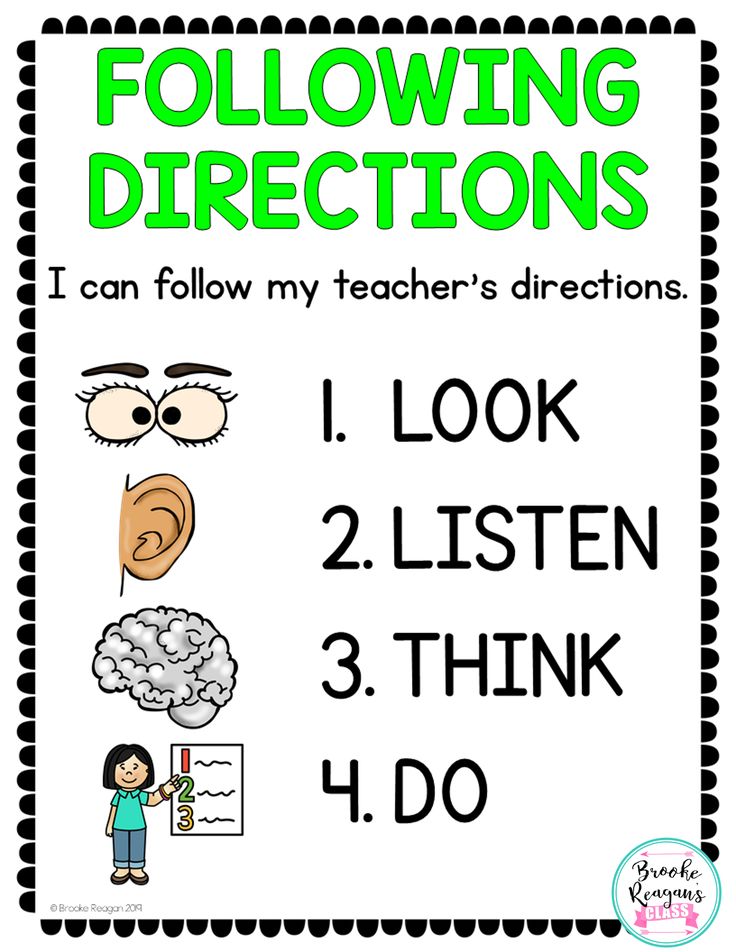

 65 (S1).
65 (S1). 

